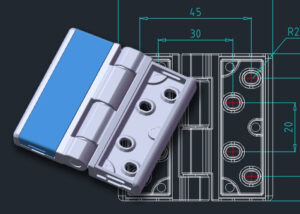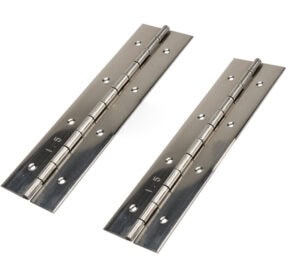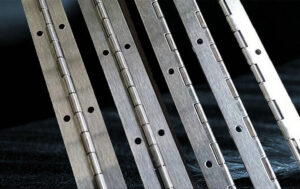Doors that won’t stay open can be frustrating and inconvenient, but with the right tools and techniques, you can keep your door open without hassle.
To stop a door from constantly closing, check and adjust the door’s hinges, rebalance the door frame, or install a doorstop. Simple fixes, like adding a shim to the hinge, can often prevent unintended door movement. For heavier doors, an adjustable door closer can slow the closing speed or maintain the open position, providing reliable control.
Here’s a comprehensive guide to address the issue, with practical solutions for doors that won’t stay open.
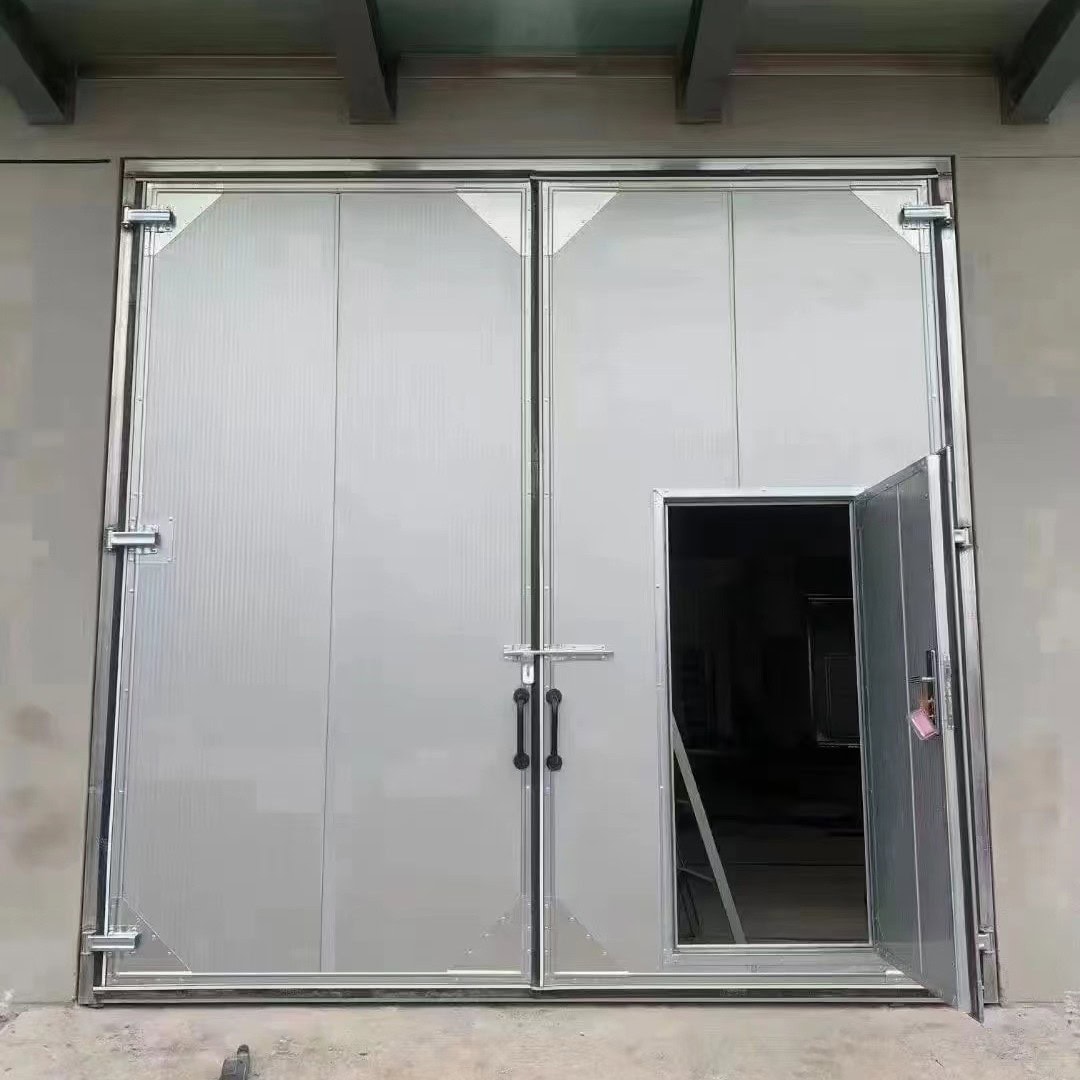
Adjust Door Hinges for Balance
Doors that close on their own often have a hinge imbalance or slight misalignment. This is especially common in doors with unique hinge styles like butt hinges.
Loosen the top hinge screws slightly, insert a small shim, and retighten. This minor adjustment rebalances the door and helps prevent it from closing unexpectedly.
How to Balance Hinges
When a door swings closed, it’s often due to uneven hinge installation. Small adjustments to the hinge can fix this by redistributing the door’s weight.
To do this:
- Loosen the screws on the top hinge.
- Insert a small shim, like cardboard or a thin wood piece, behind the hinge.
- Tighten the screws to secure the shim and test the door’s movement.
This quick fix can work wonders, especially for doors fitted with butt hinges or aluminum hinges.
Use a Door Stop or Wedge
One of the easiest ways to keep a door open is by using a doorstop or wedge, particularly for heavy doors like those in cold storage rooms.
A rubber wedge or kickdown doorstop can hold the door securely in place. For heavier doors, a wall-mounted magnetic stop may provide extra stability.
Choosing the Right Doorstop
Doorstops come in various types, and choosing one depends on the door’s weight and usage needs:
- Rubber wedge: Portable and easy for frequent door openings.
- Kickdown doorstop: Best for heavy-duty doors.
- Magnetic doorstop: Permanent solution, ideal for exterior or heavy-duty doors.
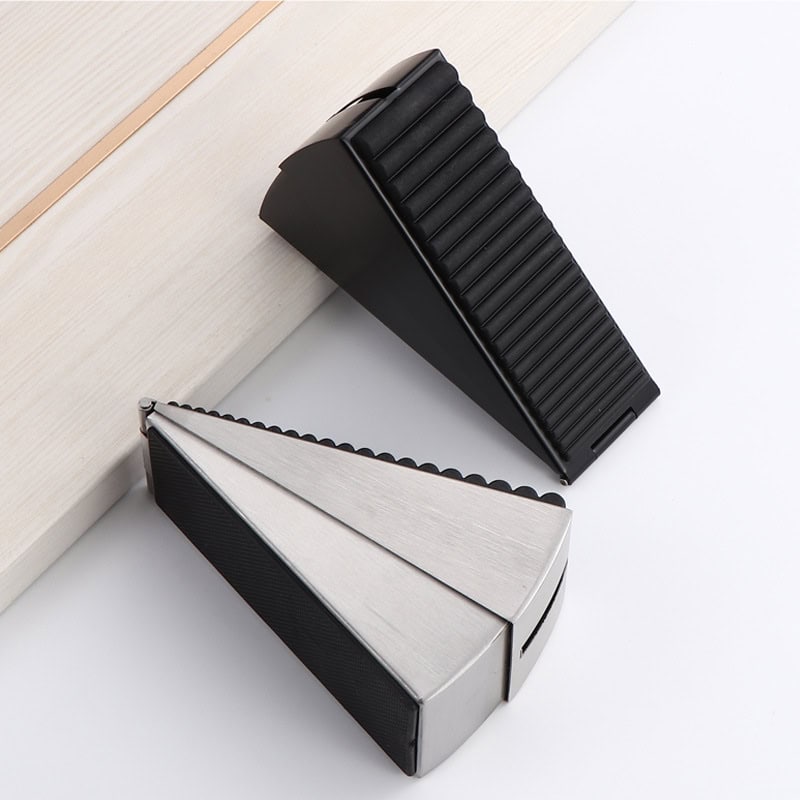
Install a Door Closer with Adjustable Tension
An adjustable door closer can be the ideal solution for doors that swing closed on their own. These closers allow you to control the speed and angle of closure.
Install a door closer with adjustable tension to manage the closing speed and angle. This device is particularly helpful for preventing automatic closure.
Types of Adjustable Door Closers
Most adjustable door closers offer a range of closing speeds and “hold open” settings, making them ideal for heavy doors or those exposed to frequent use. Some common types include:
- Hydraulic closers: Provide smooth, controlled closure.
- Spring closers: Often simpler and cost-effective, ideal for interior doors.
Tighten Door Hardware
Loose hinges or screws can cause doors to shift position and close automatically. Regular tightening of door hardware, especially for heavier doors, is essential to ensure stability.
Check all screws on hinges and handles, tightening them securely. If needed, replace shorter screws with longer ones for additional stability.
Securing Door Hardware for Stability
Loose door hardware is a common cause of unintended door movement. Simple steps include:
- Tightening screws in both the hinges and door frame.
- Replacing shorter screws with longer ones for a stronger hold, particularly with weld-on hinges.
Add a Shim to the Hinge
Adding a shim to the hinge can effectively counter a door’s tendency to close by itself, especially if the door is slightly off balance.
Insert a shim behind the hinge plate to level the door and prevent unintended closure. This approach works well for most hinge types, including heavy-duty and aluminum hinges.
Shimming a Hinge for Door Balance
When shimming a hinge:
- Unscrew the hinge slightly.
- Place a shim, such as cardboard or thin wood, behind the hinge plate.
- Re-tighten to hold the shim in place.
The added thickness adjusts the door’s tilt, helping it stay open.
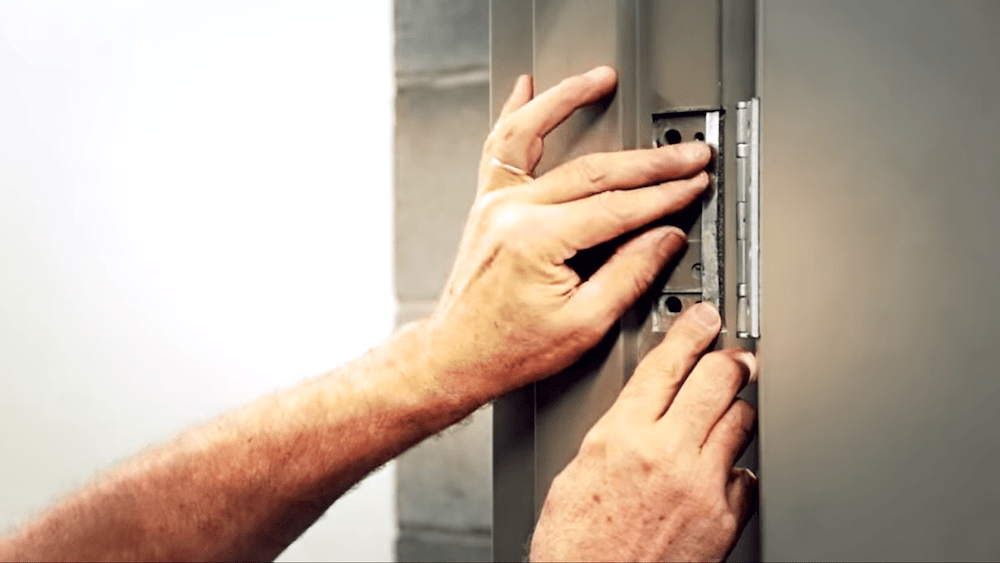
Adjust the Floor Plate
An incorrectly positioned floor plate can cause doors to shift or close unexpectedly. Adjusting or repositioning the floor plate can often rebalance the door.
Realign the floor plate to match the door’s closing angle. This can counter the natural tilt that often causes doors to swing shut.
Repositioning the Floor Plate
A misaligned floor plate may pull the door out of balance. For best results:
- Loosen the floor plate screws.
- Reposition the plate slightly to align with the door frame.
- Tighten securely to ensure the door remains steady.
Apply an Anti-Slam Device
For added control, anti-slam devices help prevent doors from closing too quickly. These can be particularly useful for cold storage room doors or other heavy doors that need to stay open.
Install an anti-slam device, like a hydraulic closer or dampener. This device reduces the speed and force of the door, allowing you to control closure.
Types of Anti-Slam Devices
Anti-slam devices are ideal for environments with heavy doors. Common types include:
- Hydraulic dampeners: Adjustable speed and control.
- Spring-loaded dampeners: Simpler options for lighter doors.
Lubricate the Hinges
Lubrication can improve hinge performance and prevent unwanted door movement. Stiff or dry hinges can create resistance, pulling the door shut.
Apply a few drops of lubricant, such as silicone spray or oil, to each hinge. This keeps the hinges operating smoothly and reduces any force that could close the door.
Tips for Hinge Lubrication
For effective results:
- Use a lubricant like WD-40 or silicone oil.
- Apply directly to each hinge, wiping away excess.
- Test the door for smooth movement.
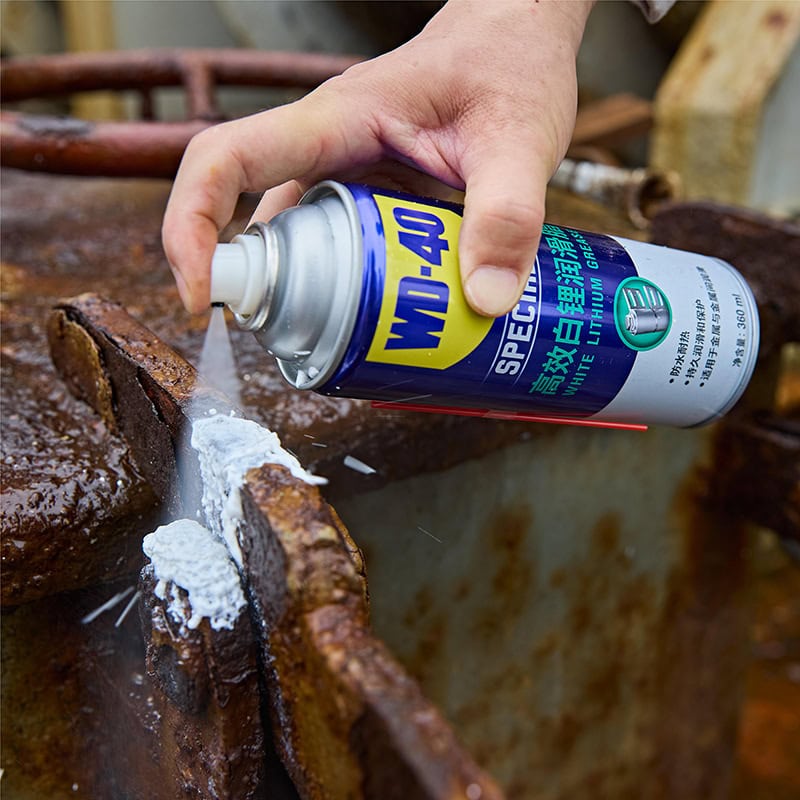
Install a Door Chain or Hook
A door chain or hook can keep the door open, ideal for preventing frequent closures.
Attach a door chain or hook at the desired height. This is especially useful in environments with heavy-duty or trailer door hinges that require a reliable open position.
How to Install a Door Chain
To install:
- Attach one end of the chain or hook to the door frame.
- Secure the other end on the door to allow it to stay open as needed.
This approach is suitable for outdoor and heavy-use doors.
Rebalance the Door Frame
In some cases, rebalancing the door frame may be the best way to correct a door’s alignment, especially in older structures where frames may shift over time.
Rebalance the door frame by using shims or seeking professional alignment. This can be a long-term solution for doors that consistently close on their own.
Tips for Rebalancing
For best results:
- Use shims on one side of the frame.
- Adjust frame screws as needed for level alignment.
- Seek professional help if the issue persists.
Use a Spring-Loaded Hinge
Spring-loaded hinges are designed to hold doors in specific positions and can prevent doors from closing automatically. These hinges are especially effective for commercial or high-traffic doors.
Install a spring-loaded hinge to control the door’s angle and speed. This provides reliable control, especially in busy areas.
Setting Up a Spring-Loaded Hinge
Spring-loaded hinges offer the benefit of adjustable tension:
- Set the tension to hold the door open at the desired angle.
- Adjust to control how far the door opens or closes.
Spring-loaded hinges are ideal for industrial doors, like marine hinges and other heavy-duty applications.
Conclusion
Doors that swing shut on their own can be fixed through various methods, from hinge adjustments to adding door stops. Small adjustments and the right tools will keep doors open securely and reliably.

